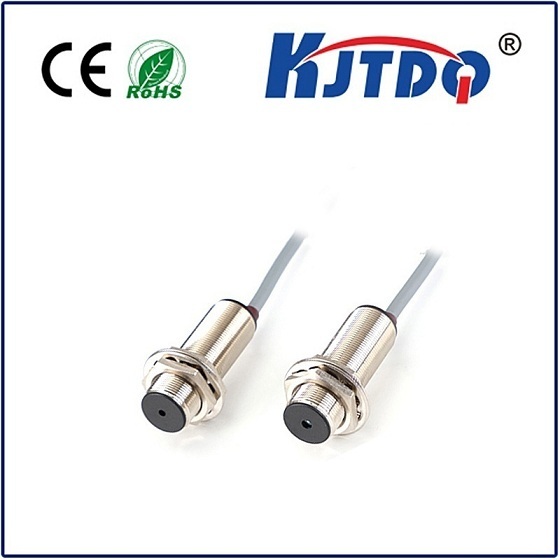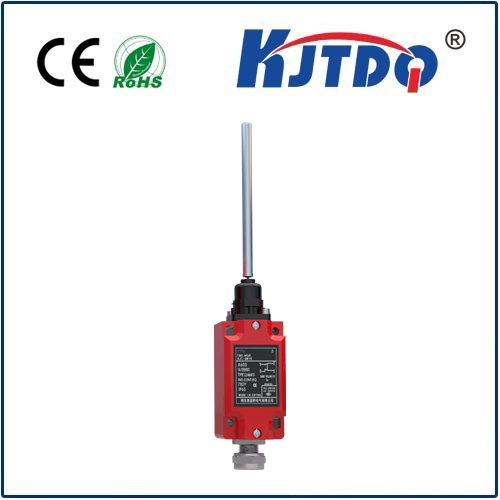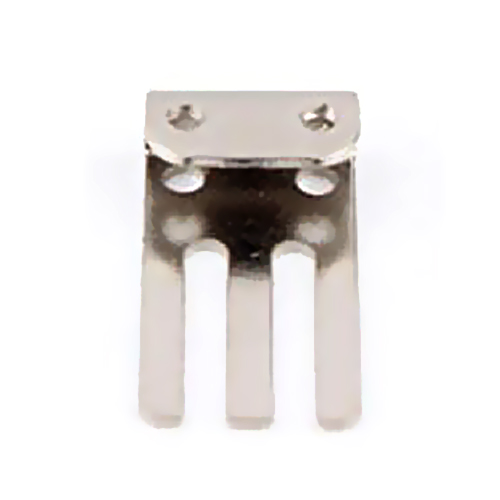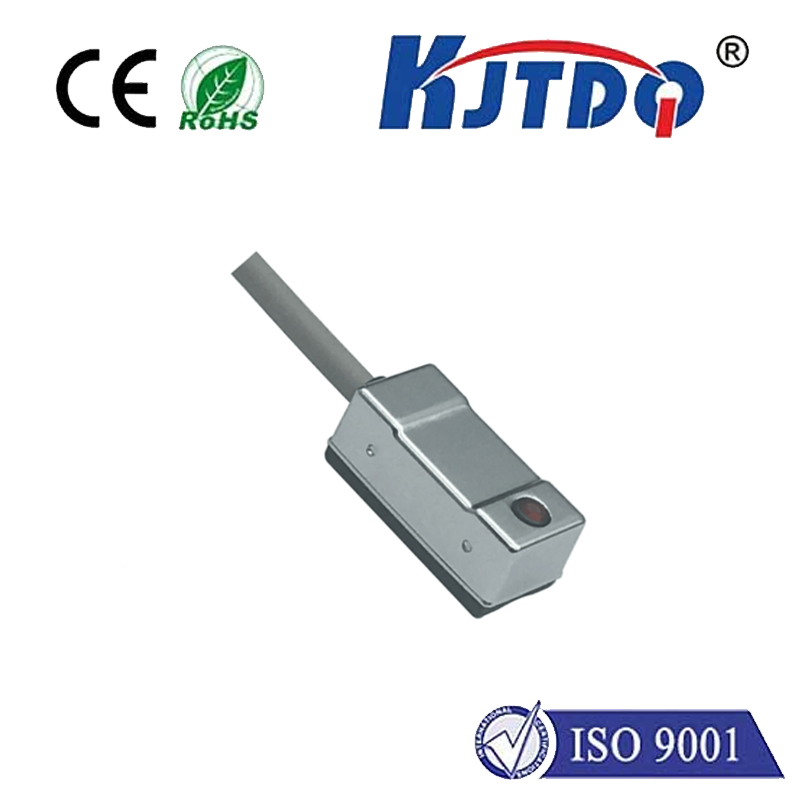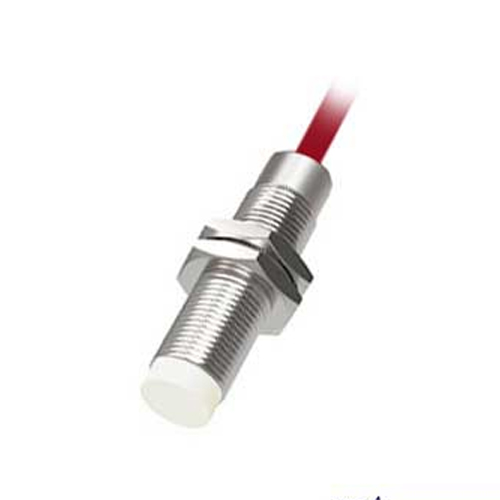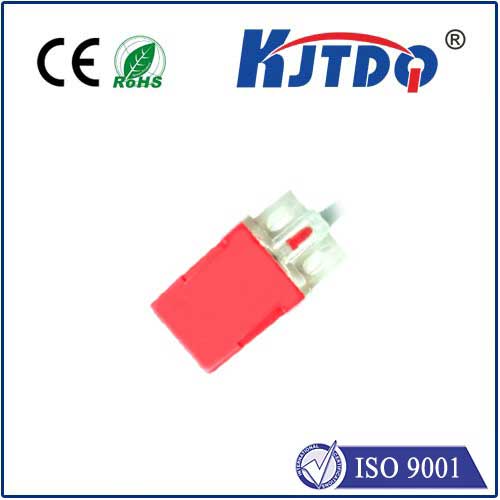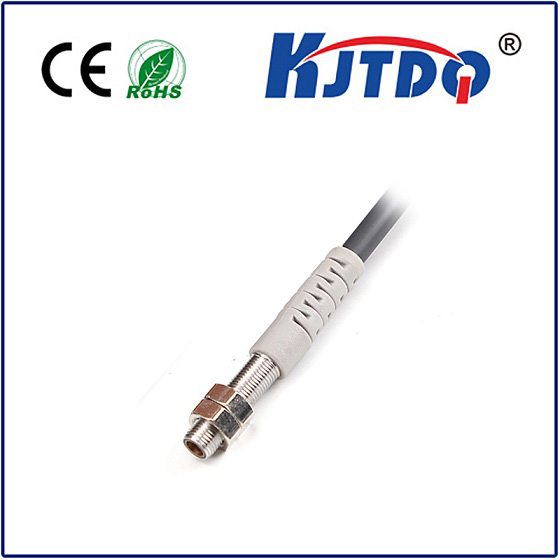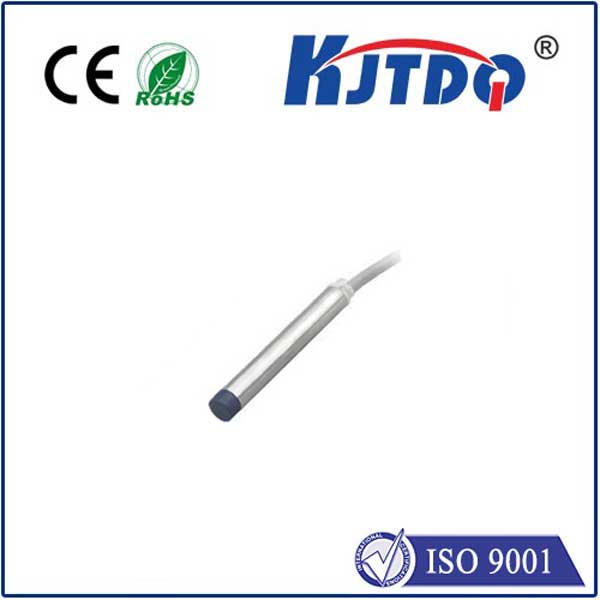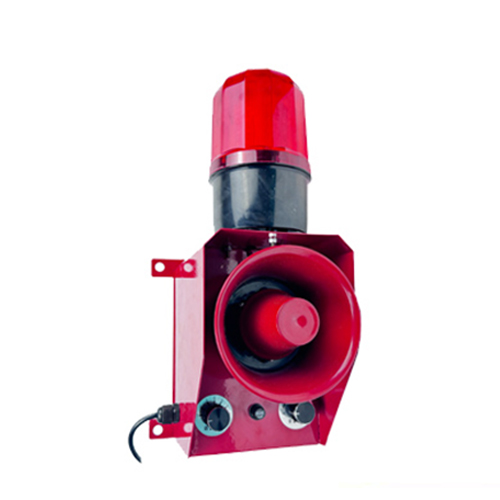Сеть датчиков приближения
- time:2025-07-19 08:48:58
- Нажмите:0
Proximity Sensor Circuits: The Invisible Guardians of Modern Automation
Imagine a world where machines perceive their surroundings without a single touch. Where robotic arms glide flawlessly, avoiding collisions; where conveyors speed up or halt precisely as objects pass; and where smartphones dim their screens as they near your ear. This silent sentinel, this cornerstone of contactless detection, is powered by the essential Сеть датчиков приближения – the proximity sensor circuit. These sophisticated yet elegant electronic systems form the bedrock of countless automated processes, offering unparalleled reliability and efficiency in non-contact sensing applications.
What exactly is a proximity sensor circuit? At its core, it’s an electronic assembly designed to detect the presence, absence, or distance of an object within a specific range without requiring physical contact. It achieves this marvel by harnessing principles of electromagnetism or capacitance. This fundamental capability makes proximity circuits indispensable in environments where dirt, vibration, moisture, or the need for rapid detection rules out mechanical switches.
Delving into the Detection Principles
Proximity sensor circuits primarily leverage two key operational principles:
- Inductive Proximity Detection: Ideal for detecting metallic objects. The heart of an inductive sensor is a coil (part of an LC oscillator circuit). When energized, this coil generates a high-frequency electromagnetic field. When a metallic target enters this field, eddy currents are induced within the metal. This absorption of energy dampens the oscillator’s amplitude or shifts its frequency. The proximity sensor circuit monitors this change. Signal conditioning stages then amplify, filter, and process this altered signal. Finally, a Schmitt trigger or comparator stage provides a clean, decisive digital output (ON/OFF) indicating the target’s presence. Key components include the oscillator coil, amplifier, detector, and output driver. They excel in rugged industrial settings.
- Capacitive Proximity Detection: These circuits can detect both metallic and non-metallic materials (plastics, wood, liquids, etc.). They operate based on changes in capacitance. The sensor’s sensing face essentially forms one plate of a capacitor, with the target object (or even the ground) acting as the other plate. As a target object approaches the sensor face, it alters this electric field and thus changes the capacitance between the plates. The Сеть датчиков приближения is tuned to detect this minute capacitance shift. Similar to inductive sensors, this change is converted into a usable output signal through sophisticated conditioning and switching stages. The sensing electrode design and sensitivity adjustment are crucial aspects. They are vital in packaging, level sensing, and material detection applications.
Why Choose a Proximity Sensor Circuit?
The advantages driving the widespread adoption of proximity circuits are compelling:
- Non-Contact Operation: Eliminates wear and tear associated with mechanical switches, offering exceptionally long lifespans and reducing maintenance costs drastically.
- High Reliability & Speed: Capable of detecting targets at incredibly high speeds – thousands of times per second – making them perfect for fast-paced production lines. Their solid-state nature ensures reliability.
- Resilience: Sealed designs protect sensitive electronics from harsh industrial environments like dust, oil, coolants, and vibration. IP67 or IP68 rated sensors are common.
- Многогранность: Available in myriad shapes, sizes (e.g., compact M8/M12 cylinders, rectangular blocks), sensing ranges (millimeters to tens of millimeters), and output types (NPN/PNP transistors, NO/NC, analog 4-20mA/0-10V, IO-Link).
- Simple Integration: Their digital or analog outputs interface seamlessly with standard industrial control systems like PLCs (Programmable Logic Controllers), making installation and configuration relatively straightforward.
Where the Magic Happens: Key Applications
The Сеть датчиков приближения finds ubiquitous application across industries:
- Промышленная автоматизация: The undisputed champions of the factory floor. Used for:
- Object Detection: Counting products on conveyors, verifying part presence in assemblies, detecting end-of-travel positions.
- Position Sensing: Verifying cylinder piston position, detecting rotational speed via gear teeth.
- Machine Safety: Implementing light curtains or safety interlocks to prevent access to hazardous zones. Detecting tool breaks in machining centers.
- Automotive: Ensuring precision and safety in manufacturing (e.g., robot positioning, weld verification) and within the vehicle itself (e.g., gear shift position, brake pedal position sensing, collision avoidance systems).
- Consumer Electronics: Bringing smart interactions to everyday devices (screen dimming on phones/tablets when near the ear or face, cover detection on laptops, position detection in appliances).
- Packaging & Material Handling: Detecting fill levels in containers, verifying cap presence on bottles, controlling conveyor flow, detecting jams.
- Building Automation: Managing elevator floor leveling, monitoring door positions, controlling lighting in smart buildings.
- Security Systems: Acting as non-intrusive triggers for alarms in restricted areas.
Designing and Implementing Robust Solutions
While proximity sensor circuits are mature technology, successful implementation requires careful consideration:
- Target Material: Is the target metallic or non-metallic? This dictates the choice between inductive or capacitive sensing technology. Inductive sensors are unaffected by non-metallic contaminants but only sense metal.
- Sensing Range (Sn): Always select a sensor with a specified nominal sensing range slightly larger than the maximum required application distance to account for manufacturing tolerances and environmental factors. Factor in requirements for repeatability and hysteresis.
- Mounting and Environment: Consider physical space constraints, mounting style (flush or non-flush for inductive), and the environmental conditions (temperature extremes, chemicals, potential for physical impact). Ensure adequate EMC (Electromagnetic Compatibility) protection if near strong interference sources like large motors or welders.
- Electrical Characteristics:
- Supply Voltage: Match the sensor’s voltage requirements (e.g., 10-30V DC common) to the available power supply.
- Output Type: Choose between discrete (NPN sinking, PNP sourcing, NO/NC) or analog outputs based on control system input needs. Ensure compatibility with the load (PLC input, relay coil, etc.). Consider short-circuit and reverse polarity protection features.
- Current Rating: Ensure the sensor’s output can handle the required load current.
- Interference and Crosstalk: Mounting sensors too closely together can lead to mutual interference (especially inductive types). Follow manufacturer guidelines for minimum spacing. Shielded sensors can help mitigate this. Ensure good grounding practices within the overall circuit panel.
From the intricate dance of robotic cells to the subtle intelligence in your pocket device, the Сеть датчиков приближения performs its vital role silently and efficiently. This unsung hero of the modern technological landscape embodies the power of elegant electronic design. By providing reliable, contactless detection, proximity sensor circuits enhance safety, boost productivity, and enable smarter, more responsive systems across an astonishing breadth of applications. Understanding their principles, types, and key selection criteria is fundamental for engineers and technicians designing and maintaining the automated systems that shape our world. Their ability to sense the unseen continues to drive innovation in countless industrial and consumer fields.
